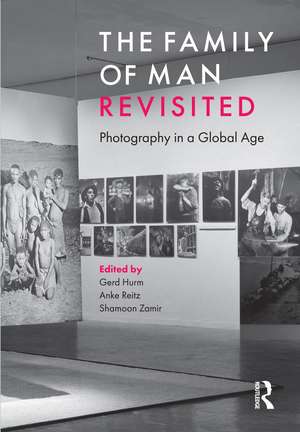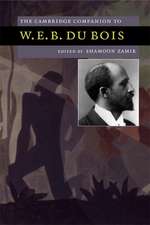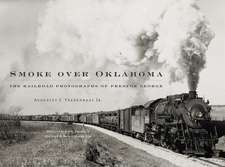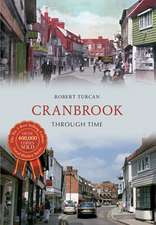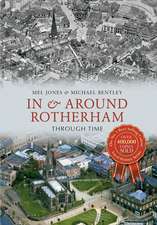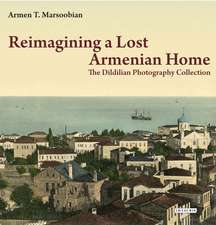The Family of Man Revisited: Photography in a Global Age
Editat de Gerd Hurm, Anke Reitz, Shamoon Zamiren Limba Engleză Paperback – 18 dec 2017
The Family of Man is the most widely seen exhibition in the history of photography. The book of the exhibition, still in print, is also the most commercially successful photobook ever published. First shown at the Museum of Modern Art in New York in 1955, the exhibition travelled throughout the United States and to forty-six countries, and was seen by over nine million people. Edward Steichen conceived, curated and designed the exhibition. He explained its subject as the everydayness of life' and the essential oneness of mankind throughout the world'. The exhibition was a statement against war and the conflicts and divisions that threatened a common future for humanity after 1945. The popular international response was overwhelmingly enthusiastic. Many critics, however, have dismissed the exhibition as a form of sentimental humanism unable to address the challenges of history, politics and cultural difference.
This book revises the critical debate about The Family of Man, challenging in particular the legacy of Roland Barthes's influential account of the exhibition. The expert contributors explore new contexts for understanding Steichen's work and they undertake radically new analyses of the formal dynamics of the exhibition. Also presented are documents about the exhibition never before available in English. Commentaries by critical theorist Max Horkheimer and novelist Wolfgang Koeppen, letters from photographer August Sander, and a poetic sequence on the images by Polish poet Witold Wirpsza enable and encourage new critical reflections. A detailed survey of audience responses in Munich from 1955 allows a rare glimpse of what visitors thought about the exhibition. Today, when armed conflict, environmental catastrophe and economic inequality continue to threaten our future, it seems timely to revisit The Family of Man.Preț: 187.14 lei
Nou
35.81€ • 37.39$ • 29.64£
Carte disponibilă
Livrare economică 15-29 martie
Livrare express 01-07 martie pentru 33.05 lei
Specificații
ISBN-10: 1784539678
Pagini: 318
Ilustrații: 68 bw integrated illus
Dimensiuni: 174 x 246 x 27 mm
Greutate: 0.6 kg
Ediția:1
Editura: Taylor & Francis
Colecția Routledge
Locul publicării:Oxford, United Kingdom
Cuprins
Notă biografică
Descriere
The Family of Man is the most widely seen exhibition in the history of photography. The book of the exhibition, still in print, is also the most commercially successful photobook ever published. First shown at the Museum of Modern Art in New York in 1955, the exhibition travelled throughout the United States and to forty-six countries, and was seen by over nine million people. Edward Steichen conceived, curated and designed the exhibition. He explained its subject as the everydayness of life' and the essential oneness of mankind throughout the world'. The exhibition was a statement against war and the conflicts and divisions that threatened a common future for humanity after 1945. The popular international response was overwhelmingly enthusiastic. Many critics, however, have dismissed the exhibition as a form of sentimental humanism unable to address the challenges of history, politics and cultural difference.
This book revises the critical debate about The Family of Man, challenging in particular the legacy of Roland Barthes's influential account of the exhibition. The expert contributors explore new contexts for understanding Steichen's work and they undertake radically new analyses of the formal dynamics of the exhibition. Also presented are documents about the exhibition never before available in English. Commentaries by critical theorist Max Horkheimer and novelist Wolfgang Koeppen, letters from photographer August Sander, and a poetic sequence on the images by Polish poet Witold Wirpsza enable and encourage new critical reflections. A detailed survey of audience responses in Munich from 1955 allows a rare glimpse of what visitors thought about the exhibition. Today, when armed conflict, environmental catastrophe and economic inequality continue to threaten our future, it seems timely to revisit The Family of Man.
